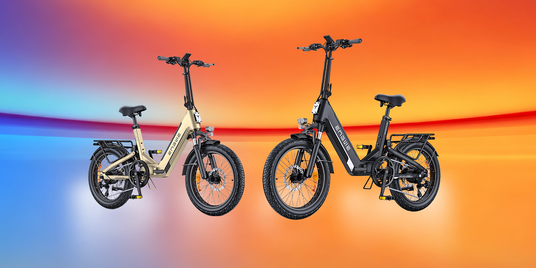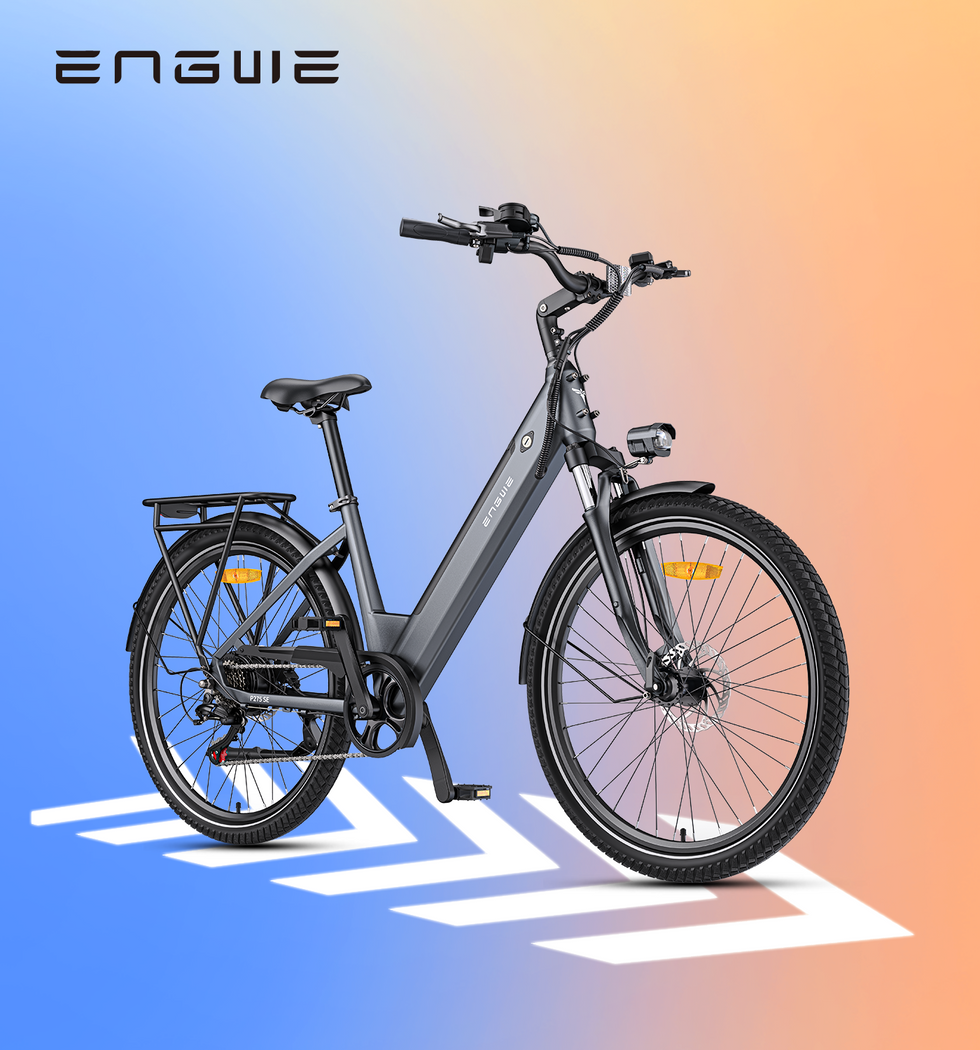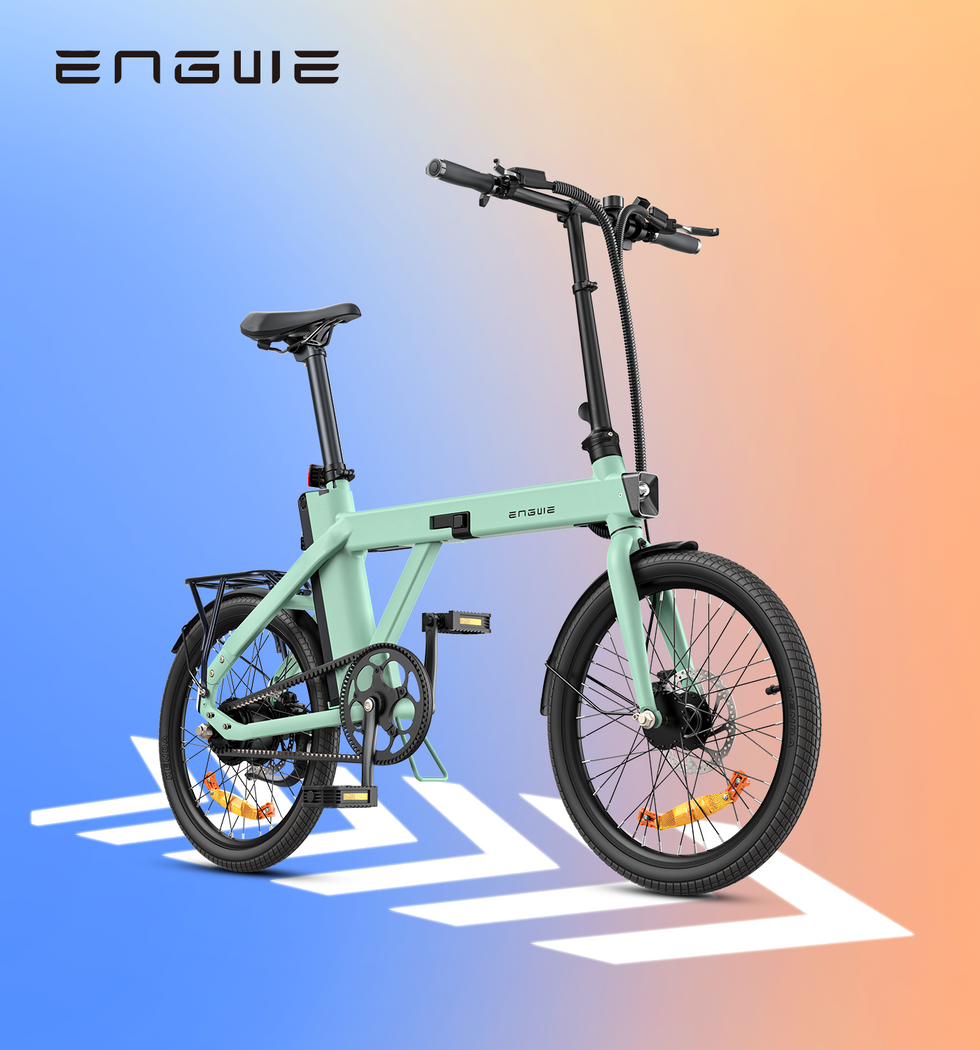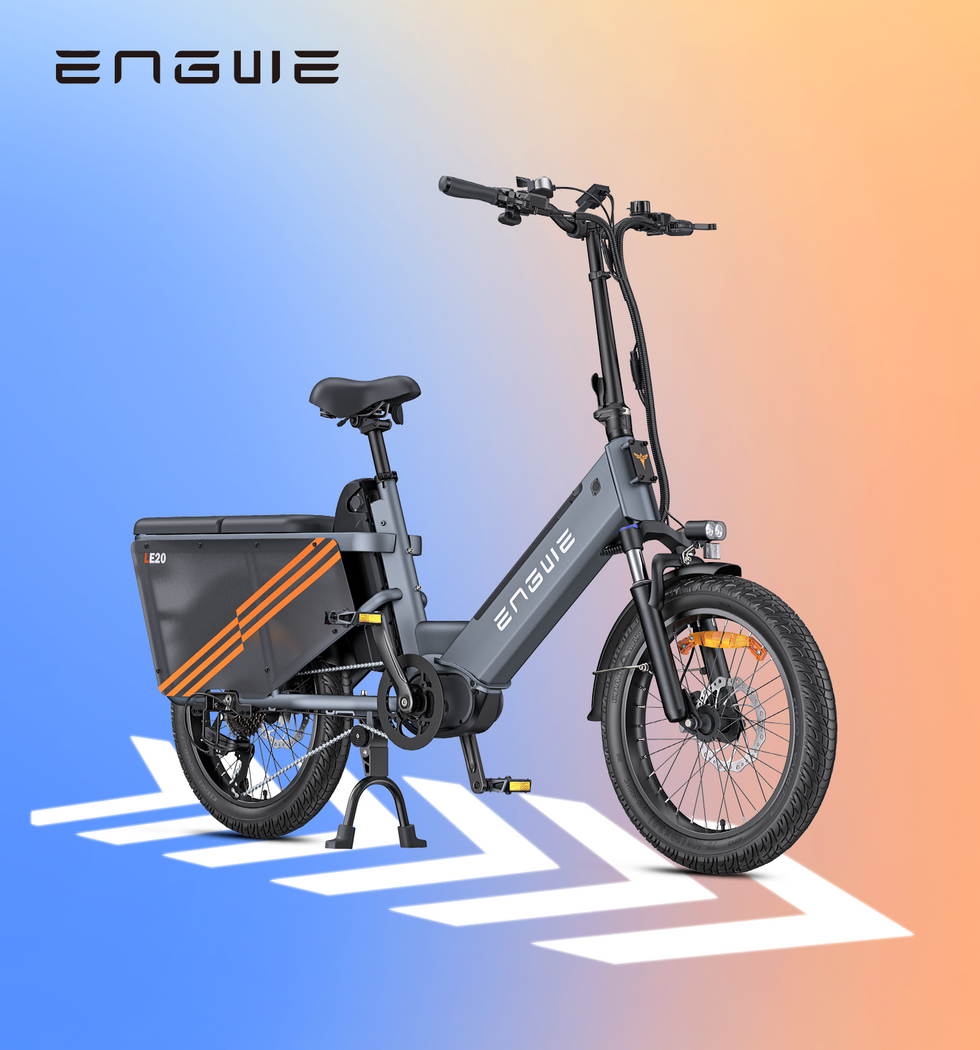The confusion surrounding e-bike licenses in Europe is common and endless due to several factors to account for. Whether you need a license for your e-bike depends on its top speed, motor rating, and type. Apart from these e-bike specs, every country has varying laws that make matters more troublesome.
Given the rise of e-bike popularity, you need clear answers before purchasing one. This article will put the debate to rest once and for all by addressing everything you need to know about e-bike licenses.

E-bike classifications and license requirements
First, it is important to understand e-bike classifications because each category has its own regulatory requirements. Here are the three categories of e-bikes in the EU:
-
Class 1 (pedelecs): Electrically Powered Assisted Cycles (EPAC), known as pedelecs, assist during pedaling. The electrical assistance cuts off when the rider stops pedaling or crosses 25 km/h. Motor power is limited to 250 W. Pedelecs come with pedal assistance only, meaning there is no throttle option — the rider must pedal for the electric motor to work. They are considered regular bicycles, which means there is no need for a license, insurance, or registration.
-
Class 2 (speed pedelecs): S-pedelecs electrically assist riders up to 45 km/h and are limited to a maximum motor output of 4,000 W. Some models come with throttle options. Since they are classified as mopeds, a license and helmet are required in some countries. Insurance and registration are also applicable.
-
Class 3 (electric mopeds): E-bikes in this class are similar to s-pedelecs, the difference only being throttle assistance.
EU regulations maintain that pedelecs and s-pedelecs should cut off electrical assistance after 25 km/h, so that they are not considered motorized vehicles, thus not requiring licensing and registration. Also, for an e-bike not requiring a license, it should have pedals that can be used if the battery runs out.
Which e-bike does not need a license?
Your e-bike should follow EU regulations so that it does not need a license. These rules can be summarized as follows: the motor should not have a power output more than 250 W, and electric assistance should stop after 25 km/h. Throttle propulsion alone is strictly prohibited, while this may vary in some countries like Germany, and electrical assistance should only engage while pedaling.
E-bikes performing beyond these ratings are classified as mopeds, speed pedelecs, and scooters. This means they require licensing, registration, and insurance.
Keeping these e-bike rules in mind, it is critical for you to check the specs of the e-bikes you are considering buying.

Common e-bike regulations in major European countries
While every country in the EU complies with EU e-bike regulations, some countries have additional rules that you need to be aware of.
-
Italy: Pedelecs having a motor output of 250 W and a max electrically assisted speed of 25 km/h do not require a license. S-pedelecs require licensing and registration.
-
Germany: Throttle is allowed up to 6 km/h (walk mode). S-pedelecs require licensing and registration.
-
France: Pedelecs do not require licensing and registration. Throttle is strictly prohibited. S-pedelecs need an AM license.
-
Spain: Broadly follows EU rules: pedelecs do not require licensing, but s-pedelecs do. A helmet is required on all e-bikes.
-
Netherlands: Pedelecs do not require licensing and registration, but s-pedelecs do.
-
UK and Ireland (post-Brexit): Follow EU rules: 250 W and 25 km/h limits require no licensing and registration, but s-pedelecs do.
Riding an e-bike without a license?
This is a significant mistake that has severe implications for you: you may be charged a hefty fine, or your e-bike may be impounded. So, it is necessary that you understand EU regulations and purchase an e-bike accordingly.
The mistake can also be dangerous for you. If you are riding an e-bike not made for high speeds, you might be prone to severe accidents.
This is why we highly recommend that you check your e-bike’s specs — its motor output, top speed with electrical assistance, and throttle availability. Doing so will save you heaps of trouble.
Other key EU-wide e-bike laws to consider
-
Throttle-only options are a big no for most EU countries, but some, like Germany, allow walk-assist up to 6 km/h.
-
The battery and voltage of your e-bike do not have strict rules; the majority of e-bikes use 36 or 48 V ratings.
-
Lighting and reflectors are mandatory in most EU countries.
-
Brakes should be independently available at the front and rear.
Legal e-bikes requiring no license in the EU
There are many e-bike options requiring no licensing in the EU. Here is our top pick:
ENGWE EP-2 Boost
This all-rounder e-bike is a powerhouse while being fully legal in the EU. It has a powerful brushless 250 W motor, and electrical assistance cuts off after 25 km/h. EP-2 Boost’s innovative torque-sensing technology does not feel electrically assisted, giving you a natural pedaling feel while making the ride smoother and easier with intelligent sensing.
The battery life is a game-changer, delivering a driving range up to 120 km (50% more than its competitors). The 20 x 4.0-inch one-piece wheels can conquer any terrain with superior front suspension and the Shimano 7-speed gearbox delivering smooth shifts to overcome the roughest outdoors.
Practicality-wise, the EP-2 Boost is foldable, and its battery is detachable to allow easy storage. Its modern information cluster gives vital information, including current speed, mileage, and remaining battery.

Important safety requirements
To prevent electrical hazards and injuries to the consumer, the following safety regulations exist in the EU:
-
EN15194 Certification: This certification covers unintentional self-starting alongside halting electrical applications in the absence of pedaling. Fire hazard risk is also mitigated.
-
Chemical Restrictions: EU regulations dictate that the lithium-ion battery should have less than 0.1% mercury to prevent fires.
Conclusion
Pedelecs, having 250 W of battery output and electrical assistance up to 25 km/h with no throttle-only option, are considered legal to ride without a license in the EU. Anything above these ratings requires a license and registration. E-bike owners need to understand their e-bike’s specs to check whether they require a license or not. This due diligence will prevent costly fines and potential accidents.



